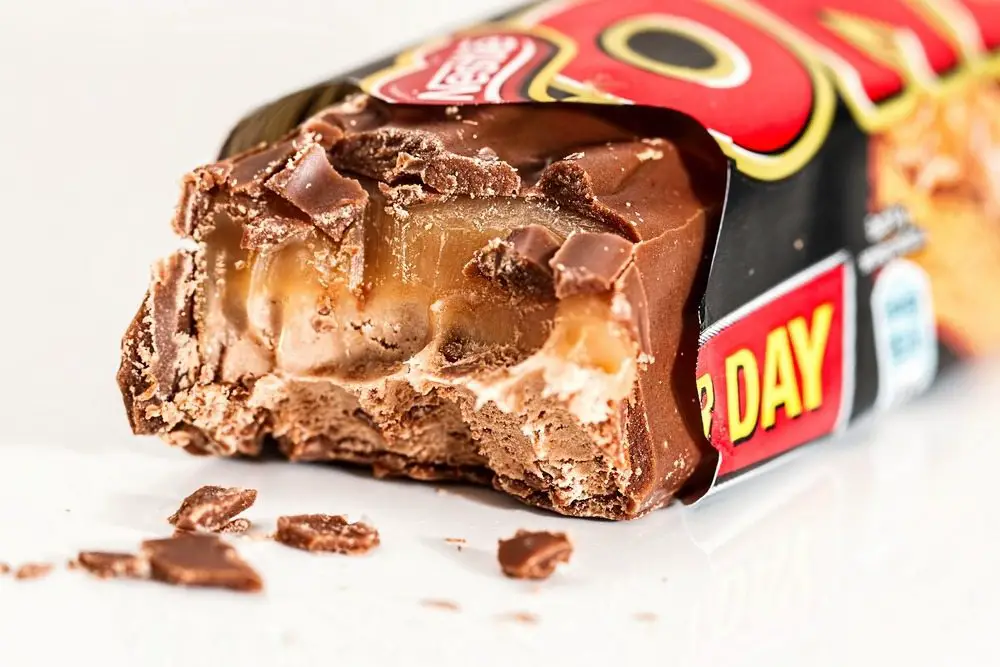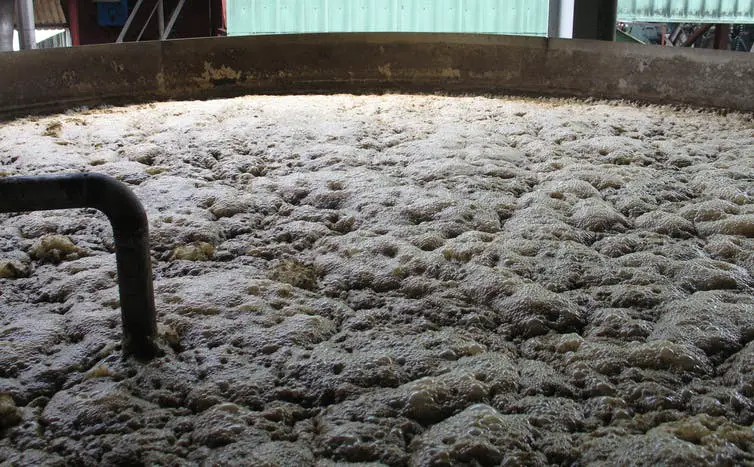I know of some people who are extremely averse to micro-organisms. Paranoid even! They say these are disease-bearing, illness-causing entities that should be eradicated. They have a cleanser for every surface – living or otherwise.
But is it wise to declare an all-out war against microbes?
I’m asking because, well, bacteria and fungi are actually used in the food industry. While this does sound odd, your favorite cheeses, wines, and beers would be nothing without them.
Contents
Microbes Are Needed for Fermentation
This is a process that’s been around for as long as humans have been collecting foods. Fermented food and drinks have that distinct flavor we just cannot get enough of. Not only that, fermentation also helps food last longer.
Surely, this information goes against most of the things we have been taught about bacteria and fungi. However, it stands true.
Fermented foods are very popular nowadays – and for good reason.
For one, they taste really good. The process of fermentation adds layer upon layer of flavor. It’s like a mind-blowing orgasm of the taste buds.
Second, they are healthy. Fermented foods are good for digestion. Additionally, the process of fermentation increases the nutrient content of some foods.
That bar of chocolate you keep in your desk drawer? Or the cup of coffee you order every morning? Bacteria, yeast, and/or fungi were used to make them.
It turns out some of these microbes aren’t so bad, after all.
But don’t just take my word for it. Here’s what a professor of Microbiology has to say…
As you sip a cup of coffee, enjoy a rich chocolate treat or savour the aroma of a piece of Roquefort cheese, have you ever considered the extraordinary contribution made by the microscopic creatures that have worked so hard for your pleasure?
As the French chemist Louis Pasteur said: “The role of the infinitely small in nature is infinitely large.” Without microbes, life on this planet would not exist or would be very different to what we see today.
Recent discoveries have revealed the critical roles played by microorganisms in driving ecosystems, changing our environment and influencing the health and well-being of people, plants and animals.
One of the most intriguing aspects of microbiology is the almost endless variety of biological and chemical processes attributed to microbes. There are species that can break down pollutants, happily grow on arsenic and the recently-described bacteria that break down PET plastics.
The Wonders of Fermentation
Nowhere is this biological activity more apparent – and close to home – than through the process of fermentation. This metabolic process is used by many microbes – mostly bacteria and many yeasts – and exploited by humans in numerous industrial and agricultural applications.
Many of us are aware of respiration. The process is used by living cells to convert chemicals, such as sugar, to energy by breaking them down into smaller constituents and liberating the energy within.
In the most familiar version, known as aerobic respiration, oxygen is the final recipient in a chain of chemical reactions that generates water and carbon dioxide and produces energy.
However, many bacteria are able to perform an alternative form of respiration in the absence of oxygen, called anaerobic respiration, which enables survival despite a lack of oxygen. This is a good trick that allows microbes to thrive in anaerobic conditions, such as our gut. Some bacteria live in constantly anaerobic conditions and, for them, exposure to oxygen is lethal!
But many microbes have another strategy: fermentation. Here, molecules such as sugars are only partly broken down; the energy produced is not as great as in respiration, but the cell still survives.
Luckily for us, many of the end-products of this process are very valuable, including compounds such as ethanol and lactic acid.
Cultured Food
Although most people know that bacteria can turn milk into yoghurt and yeasts convert sugars in grape juice into ethanol or make bread dough rise, there are countless examples from around the world where fermentation is used to produce exotic and unique products of cultural importance.
But many people don’t realise the extent to which fermentation enhances our enjoyment of foods and beverages. In some cases, it may provide benefits beyond the senses.
In Colombia, Central America and Hawaii, Arabica coffee is processed by the “wet method”, which involves a fermentation step of 24 to 48 hours. This is primarily used to remove a thin layer of mucilage surrounding the coffee bean.
This process also imparts desirable flavour and aroma attributes. Of course, roasting and brewing are critical steps in the full development of coffee flavours.
Chocolate production begins when the cocoa bean undergoes a similar fermentation step, which involves a complex succession of bacteria and yeasts producing flavour precursors, including ethanol, lactic acid and acetic acid.
The dairy industry relies heavily on fermentation. One example is the simple “starter cultures”, consisting of one or a few bacteria that turn milk into yoghurt via lactic acid fermentation.
There’s also the complex mix of bacteria and fungi that convert the curd into delicious products such as soft cheeses, blue cheeses and various mature cheeses.
And it’s not only cow’s milk; goat, sheep, buffalo and camel milk are also used by cultures across the world to produce their own varieties of speciality fermented milk products.
Gaël Chardon/Flickr, CC BY-SA
Preservation
Apart from sensory advantages, fermentation is a form of food preservation that allows perishable foods to be stored for longer. This was an important aspect of food safety before the introduction of refrigeration in the 19th century.
Along with adding salt (curing meat) or sugar (jams and cordials), the acid produced during fermentation rapidly drops the pH of the starting product. In the case of milk, this rise in acidity causes curdling but is also inhibitory to undesirable (and sometimes deadly) bacteria found in the raw milk.
Similarly, fermentation of meat products – traditionally made from pork, but also beef, chicken and turkey – involves a complex microbiological community of species. These generate lactic acid, acetic acid, diacetyl and produce enzymes that break down protein and fats.
Some of the bacteria produce hydrogen peroxide, which will react with myoglobin in the meat and lead to discolouration. To counter this, other bacteria are present that produce the enzyme catalase, breaking down the hydrogen peroxide and preserving the pink colour of the meat.
Some of the bacteria can also convert nitrates (added as preservatives) to nitrites, further enhancing the colour of the product.
Fermented foods extend to vegetarian products, including the classic sauerkraut (fermented cabbage), various fermented varieties of tofu (bean curd) and Spanish-style olives.
Farm animals also benefit from fermentation. In regions of the world where fresh pasture is not available year round, chopped plant material (corn, sorghum and cereals) is allowed to naturally ferment to produce silage, which is used as fodder.
It’s not only about flavour, aroma and nutrition though. Many of the microbes used in fermentation are considered as “probiotics”. While the jury is still out on the beneficial effects of probiotics, many studies have shown that their consumption is linked to health benefits, including boosting the immune system.
So, next time you enjoy a glass of wine and a fine piece of cheese on a crusty slice of sourdough bread, raise a toast to all the hard-working microscopic good guys!
Source: https://theconversation.com/kitchen-science-bacteria-and-fungi-are-your-foody-friends-57279




